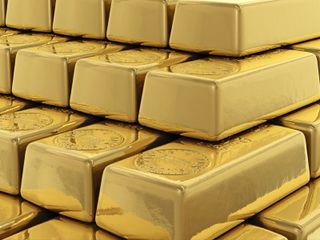Physical Gold vs. Paper Gold

Physical gold can be in the form of coins or bars that have been delivered to you or your storage operator.
Paper gold refers to a written agreement to receive physical gold or the market value of gold in the future. Paper gold includes gold certificates issued by banks & mints, shares in exchange traded funds holding gold (ETF’s) and futures contracts.
With paper gold you don’t actually own gold, you own a written agreement with a third-party. The third party selling paper gold owes you physical gold or the market value of gold. Paper gold agreements may contain clauses allowing settlement in cash instead of the market value of gold under certain conditions.
Paper gold has the same risk as a bank account or brokerage account. If the third-party goes bust then you might not receive your physical gold or the market value of gold. Therefore paper gold does not have many of the unique benefits of physical gold.
The best way to achieve many of gold’s unique benefits is to buy physical gold in the form of gold bullion.
